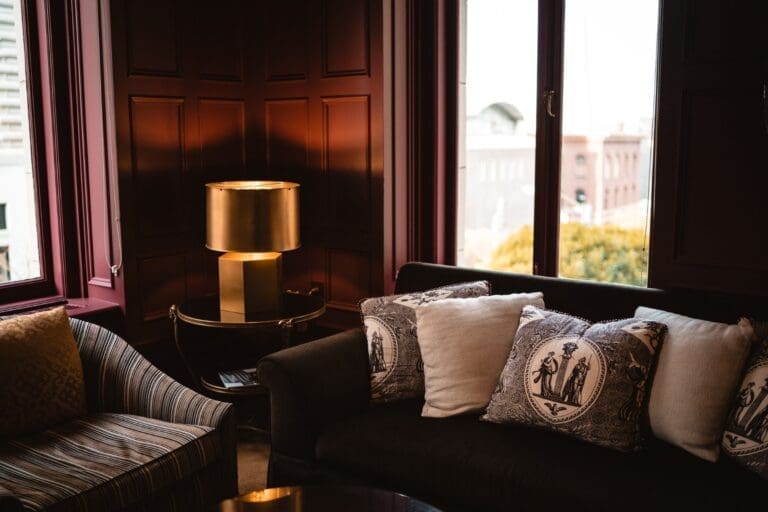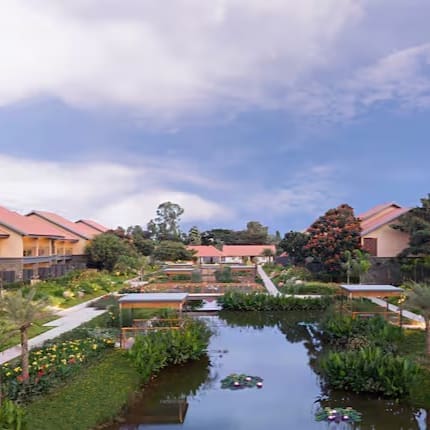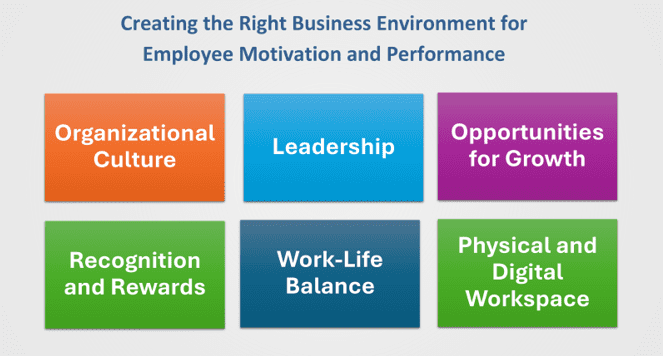 The definition of Sustainability is a “balance between current and future needs, tradition and technology, stakeholders’ expectations and viability or the classical tripod based on environmental, economical and social aspects”. Hence, the definition of sustainability in the simplest way is “the ability to sustain” and “the power to endure.”
The definition of Sustainability is a “balance between current and future needs, tradition and technology, stakeholders’ expectations and viability or the classical tripod based on environmental, economical and social aspects”. Hence, the definition of sustainability in the simplest way is “the ability to sustain” and “the power to endure.”
Though, as simple as these definitions are, it is not easy to achieve a unified, common understanding of sustainability. With no such a common understanding of sustainability, however, the transformation to a sustainable society and sustainable business models can hardly be accomplished. Wine tourism occupies a broad ecosystem of actors. It is a spring of revenue for wine regions, for the wine business value chain and certainly for local societies. In addition, it can reveal and defend the cultural heritage of wine and support wine regions sustainability.
Whereas sustainability is about the future of our society, for industries and businesses, it is also about commercial success. Consent to transform businesses to respect environmental limits while completing social desires and needs; has become a supreme platform for innovation on strategy, design, manufacturing, etc. Hence, suggesting enormous opportunities to compete and to adapt to a rapidly evolving world. Above all, there is a strong belief that for tomorrow’s enduring businesses; sustainability will be about making money by meeting real and fundamental human needs.
In terms of wine industry it is essential to realize that the search of quality and competitiveness has been pushing players to intensify “mechanization and agrochemical use increasing environmental impact and placing vineyards as a high environmental impact crop”. The world surface of organic vineyards represents 3.2 of the world vineyards. On the other hand, organic farming is not a definite answer to sustainable viniculture since the current standards and certifications do not contain those subjects more related to social or economic aspects such as health, safety and landscape, etc .
When you hear about sustainable dinner, the first thing you have in mind is certainly not “wine”. However, more and more wine makers alter old traditions and take on new agricultural practices and techniques. Consequently, as wine producers are going through a transition from merely organic concerns to more holistic sustainable practices, wine tour operators are also juggle around with the “how to” interact with wine owners.
Sustainability examples
For instance, tours operators in Spain give emphasis on the importance of sustainable growth of grapes as well as learning about the “fruit responsibly”. Hence, guests will be offered with a bike wine tour instead of a luxury car, etc. Sustainable wine tours are getting better than ever.
Additionally, in Chile the Association of Chilean Wines offer a full “National Sustainability Code” for the industry, including sustainable wine tourism. In the meantime in the town of Bonassola in Italy a wine producer David Zeppi has not only managed a total focus on organic certification but also totally committed to the recovery of ancient wine varieties. At the winery all projects highly promote the territory of Bonassola. Meanwhile they maintain the great quality standard and classiness of the wines, while intensely promoting the territory of Bonassola (Cinque Terre) under the umbrella of sustainability and countryside angle. He specifically notes “[a]fter all this is what our visitors really like: they really appreciate the moments where they can interact with the territory and get to know the locals, taking home an idea of beauty that they will carry in their hearts forever”.
In Mendoza in Argentina, Santa Julia Winery has committed to achieve high quality, innovation, harmonization with the environment and the community. To name few of its sustainable practices:
1. Compost of products based in nature and put in back to the soil.
2. No chemical pesticides
3. Use of special grasses (with nutrients)
4. Water recycling
5. Reduction in bottle weight
6. Recycled paper (for labels& cartons)
7. Building cultural centers at vineyards where workers have access to various facilities and programs
Results
As we can observe, more and more wineries commit to achieve the highest quality levels of wines. Also, they go along with care for sustainable practices that contribute to protecting the environment and being useful to the community. There are also wineries that go a step further with environmental preservation with a third level of certification process (HVE3). In this way they can be fully crowned with the “High Environmental Value” label. Others are using organic and biodynamic principles of wine production.
Biodynamics is an unusual farming method to conventional cultivation and was built up by Dr. Rudolf Steine. It is an ecological, holistic and ethical approach to farming and integrates scientific understanding with recognition of spirit in nature. Gemtree’s owners in Adelaide, Mike and Melissa Brown, are using such innovative method. They support their organic philosophy with tourism experiences such as the “Being Biodynamic” tour. This learning experience aims at exposing biodynamics and the “Wine and Wander” experience. That lets visitors to value the ideal “combination of nature, food and wine.”
Sustainable wine tourism is “a chance for growth” for the wine value chain. Guests can experience wine responsibly if wine tourism businesses organize the visiting areas better and offer their guests more choices to experience wine. That of course will be valuable both for operators and visitors.
Additionally, co-creation can offer solutions and more services that visitors would be willing to experience and pay for. In a rising wine tourism market, wineries and related businesses should be fit for purpose, creativity and be open for partnerships. In order to benefit on the potential of more open and sustainable economies and societies certain things are in need:
1. Customizing a systemic approach and
2. Transforming and expanding current business models
Tourism has the ability to interact with other operations related to wine tourism and strengthen sustainability policies and practices. Landscape, cultural heritage and territorial resources are challenges as well as resources which can be activated to distinguish and advance wine tourism.
Further on, a network of wine producers and local tourism businesses have established wine tourism in Northern Greece. They desire to promote wine-making tradition and local wine products along with other cultural assets of the Northern Greece including tangible and intangible heritage (i.e local cuisine, industrial architecture, folklore etc).Thirty two notable wineries are involved along with the local authorities, associate members (accommodations, etc) and wine producers. Their aspiration is to raise awareness of wine history and products, encourage a strong local tourism product in Northern Greece, build up sustainable tourism practices and boost the capacity of local businesses.
The antithesis
On the other side of the coin, sustainability is not easy and cheap. However, companies think new ways to disvover funds like crowd funding. A wine estate in southern France is crowd funding for a project that will use wine tourism to fund research into biodiversity. Crowd funding has just come into sight as a novel way of financing new ventures. It matches with a growing interest in wine as a good investment good and a new funding opportunity by wine makers. Prospective investors are willing to engage in wine crowd funded projects and the kind of revenue that would attract them.
Even though “sustainability is widely accepted as a ’good business’ mega-trend in contemporary tourism and hospitality industry”, the acceptability of this attitude does not necessarily translate into sustainable practice. I am sure most of you know the Phantom of the Opera; a mysterious talented man who leaves in an underground world and wears a mask. He magically influences from there the “singing star” and makes her to stand out in the opera. So, it is not only what we see in the surface but there is always more going on just below it. The roots have to be always stronger.
Undoubtedly, being ‘sustainable’ is a great deal better than not being sustainable but this estate remains far from ideal. Sustainability is not enough. Ultimately, best practice land management must involve strategies and land uses which are self-sustaining, not merely sustainable. It is not enough to offer few sustainable practices and initiatives. Over the years we have also learned that best practice alone is not enough to drive real change. Sustainability has to be rooted to each business’s strategy, philosophy and interventions. Sustainably must be reflected in every business’s ethos and long tradition practices.
Surely, for the years to come sustainability will be a challenge and an opportunity for wine tourism and the wine industry. Hence, if we believe that sustainability is a target in tourism and in viniculture, the creation of combined and complete strategies must boost both sectors, promote wine tourism and add to the sustainability of territories.




















